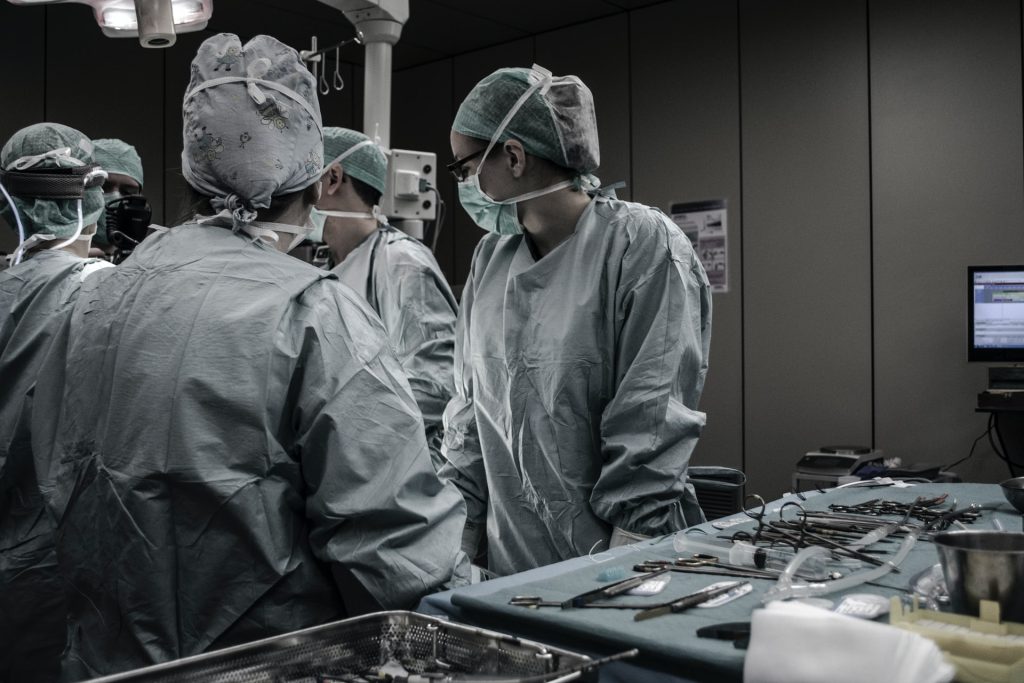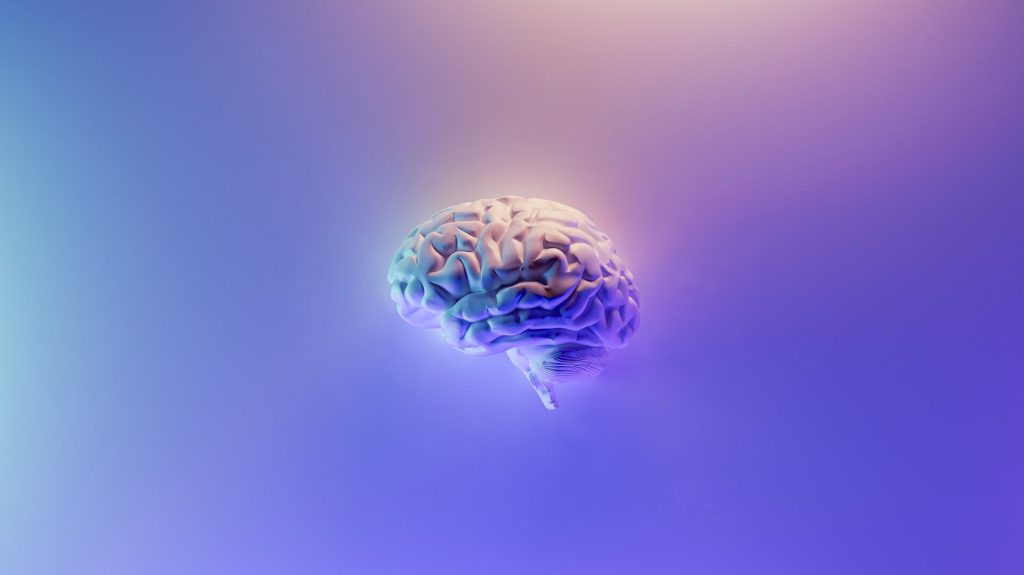A Novel Anticoagulant That can be ‘Deactivated’

A new biomolecular anticoagulant platform reported in Nano Letters holds promise as a revolutionary advancement over the anticoagulants currently used during surgeries and other procedures. The technology is based around injectable fibre structures which can be quickly dissolved and excreted by the kidneys.
“We envision the uses of our new anticoagulant platform would be during coronary artery bypass surgeries, kidney dialysis, and a variety of vascular, surgical and coronary interventions,” said Kirill Afonin, leader of the team which invented the technology. “We are now investigating if there are potential future applications with cancer treatments to prevent metastasis and also in addressing the needs of malaria, which can cause coagulation issues.”
The team’s technology turns to programmable RNA-DNA anticoagulant fibres that, when injected into the bloodstream, form into modular structures that communicate with thrombin. The technology allows the structures to prevent blood clotting as it is needed and then be quickly eliminated via the renal system once their job is done.
The fibre structures use aptamers, short sequences of DNA or RNA designed to specifically bind and inactivate thrombin.
“Instead of having a single small molecule that deactivates thrombin,” Afonin said, “we now have a relatively large structure that has hundreds of the aptamers on its surface that can bind to thrombin and deactivate them. And because the structure becomes larger, it will circulate in the bloodstream for a significantly longer time than traditional options.”
The extended circulation in the bloodstream allows for a single injection, instead of multiple doses. The design also decreases the concentration of anticoagulants in the blood, resulting in less stress on the body’s renal and other systems, Afonin said.
This technology also introduces a novel “kill-switch” mechanism, which reverses the fibre structure’s anticoagulant function with a second injection. This lets makes the fibres able to be metabolised into materials that are tiny, harmless, inactive and easily excreted by the renal system.
The entire process takes place outside the cell, through extracellular communication with the thrombin. The researchers note that this is important as immunological reactions do not appear to occur, based on their extensive studies.
The team has tested and validated the platform in computer models, human blood and various animal models. “We conducted proof-of-concept studies using freshly collected human blood from donors in the US and in Brazil to address a potential inter donor variability,” Afonin said.
The technology may provide a foundation for other biomedical applications that require communication via the extracellular environment in patients, he said. “Thrombin is just one potential application,” he said. “Whatever you want to deactivate extracellularly, without entering the cells, we believe you can. That potentially means that any blood protein, any cell surface receptors, maybe antibodies and toxins, are possible.”
The technique permits the design of structures of any shape desired, with the kill switch mechanism intact. “By changing the shape, we can have them go into different parts of the body, so we can change the distribution,” Afonin said. “It gets an extra layer of sophistication of what it can do.”
While the application is sophisticated, production of the structures is relatively easy. “The shelf life is amazingly good for these formulations,” Afonin said. “They’re very stable, so you can dry them, and we anticipate they will stay for years at ambient temperatures, which makes them very accessible to economically challenged areas of the world.”
Source: University of North Carolina










